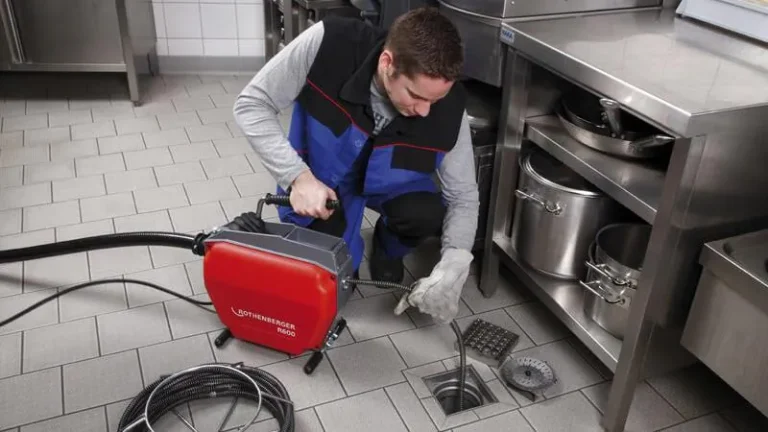
Understanding Manual Wheelchairs
What is a Manual Wheelchair?
A manual wheelchair is a mobility device that provides individuals with the ability to move independently. Unlike electric wheelchairs, which are powered by batteries, manual wheelchairs are propelled by the user or an attendant. The fundamental design typically includes a seat, wheels, footrests, and handrims. Users apply force through the handrims to maneuver the chair, making manual wheelchairs a popular choice for those seeking an economical, flexible, and lightweight mobility solution. As a valuable aid for those with limited mobility, they encourage an active lifestyle while maintaining independence. For those exploring options, a manual wheelchair can be an excellent starting point.
Key Features of Manual Wheelchairs
Manual wheelchairs vary widely in design and functionality; however, several key features are standard across most models. These include:
- Frame Types: Aluminum frames are lightweight and durable, while steel frames offer robust support but at a heavier weight.
- Seating Options: Customizable seat widths and depths that cater to individual comfort needs can significantly increase usability.
- Wheels: Different wheel sizes affect the chair’s maneuverability and speed; larger wheels are suited for outdoor use, while smaller ones work well indoors.
- Footrests: Adjustable footrests enhance comfort and accessibility, enabling easier transfers in and out of the chair.
- Brakes: Handbrakes provide control when the chair is stationary, important for safety.
Types of Manual Wheelchairs Available
The diversity in manual wheelchairs ensures that users can find a suitable match for their specific needs. Some common types include:
- Standard Wheelchairs: These offer a balanced combination of cost and functionality for everyday use.
- Lightweight Wheelchairs: They often include aluminum frames and are easier to transport, making them a good choice for frequent travelers.
- Heavy Duty Wheelchairs: Designed for larger individuals, these provide added durability and support.
- Sports Wheelchairs: Tailored for competitive use, these models are built for speed and agility while often being lightweight.
- Pediatric Wheelchairs: Specifically designed for children, these come in colors and styles appealing to younger users, providing comfort and mobility.
Benefits of Using a Manual Wheelchair
Improved Mobility and Independence
One of the most significant advantages of using a manual wheelchair is the enhancement of mobility and independence. Users can navigate their surroundings with minimal assistance, fostering a sense of autonomy and self-reliance. Whether traversing short distances around the home or engaging in community activities, manual wheelchairs allow for a variety of activities that might otherwise be difficult.
Cost-Effectiveness and Maintenance
Manual wheelchairs are generally more cost-effective compared to power wheelchairs. The absence of complex electronics means lower initial investment costs, and maintenance tends to be simpler and less frequent. Users also benefit from longer battery life typically associated with manual options as there are no batteries to recharge or replace, translating to long-term savings.
Portability and Storage Solutions
The lightweight design of most manual wheelchairs contributes to their portability. They can often be folded for easy transport in vehicles, making them ideal for individuals who travel frequently or live in apartments where space is a consideration. Moreover, many models come equipped with features like detachable footrests and foldable frames, enhancing their ease of storage.
Choosing the Right Manual Wheelchair
Assessing Your Needs and Lifestyle
When selecting a manual wheelchair, it’s essential to assess your lifestyle and specific mobility needs. Factors such as your daily activities, environment (indoor or outdoor use), and expected frequency of use can dictate the best chair type. For instance, users who primarily navigate urban environments may require a more robust model capable of handling uneven terrains.
Customization Options and Accessories
Customization can greatly enhance the user experience. Many manufacturers offer a variety of accessories, including cushioned seat pads for comfort, side guards for safety, and specialized wheels for enhanced performance on specific terrains. Users should consider these options based on their personal preferences and usage patterns to ensure maximum satisfaction.
Testing and Evaluating Comfort
Comfort can significantly impact the usability of a manual wheelchair. It’s advisable to test several models to determine which provides adequate support and meets comfort requirements. Look for features like adjustable seat height, backrest angle, and armrests. Taking the time to find the right fit is crucial, as the correct wheelchair can vastly improve the quality of life for its user.
Common Challenges with Manual Wheelchairs
Tackling Uneven Terrain
One challenge faced by manual wheelchair users is navigating uneven terrain. Smoother surfaces are manageable, but bumps, potholes, and grass can pose difficulties. To mitigate this, users should seek wheelchairs designed for outdoor use, which often have larger wheels and better cushioning systems. Additionally, training in techniques for overcoming obstacles can enhance confidence and skill.
Overcoming Physical Barriers
Physical barriers, such as stairs, curbs, and door thresholds, can be significant obstacles for manual wheelchair users. When possible, selecting paths that avoid these issues is best. Portable ramps can offer feasible solutions for curbs, while community resources can sometimes assist in accessibility modifications. Raising awareness about these barriers among local businesses can also help improve accessibility.
Managing Fatigue and Strength
Using a manual wheelchair can be physically demanding, especially over long distances. Regular exercise and conditioning can build strength and endurance, helping users manage fatigue better. Alternating between using a manual wheelchair and other mobility solutions can also aid in reducing physical strain.
Best Practices for Manual Wheelchair Use
Daily Maintenance Tips
Regular maintenance is crucial for ensuring the longevity and reliability of a manual wheelchair. Users should routinely check the brakes and tire pressure, inspect moving parts for signs of wear, and clean the chair to prevent dirt accumulation. Maintaining a schedule for these checks can reduce the likelihood of unexpected failures.
Enhancing User Comfort and Safety
To enhance comfort, users should frequently adjust their seating positions and ensure that footrests are appropriately set. Safety features such as anti-tip bars can be added to provide extra stability on uneven ground. Users should also familiarize themselves with proper positioning to avoid strain when transferring in and out of the chair.
Adapting Your Environment for Accessibility
For manual wheelchair users, adapting their environment to be more accessible can significantly enhance daily living experiences. This includes rearranging furniture for optimal navigability, installing grab bars in bathrooms, and ensuring that essential items are within easy reach. Continuous assessments can help ensure environments remain accessible as needs change.






